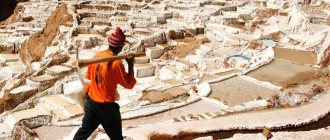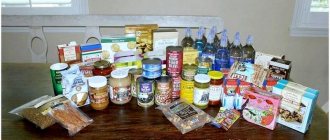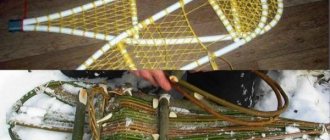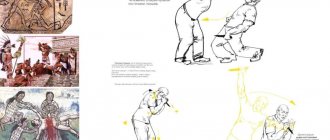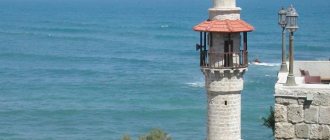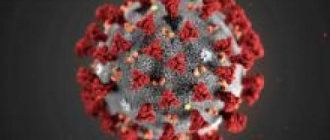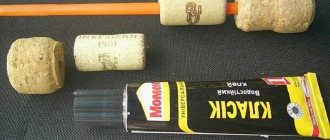Summer has come. For many, this is the time for hiking and outdoor recreation. Our article is addressed to those who like to travel far from civilization and are not afraid of everyday difficulties. More often than others, they have to use water for cooking and drinking that contains ingredients that are not the most healthy for health. For them, we publish a list of methods for purifying water in field conditions.
Source: depositphotos.com
Boiling
This is one of the simplest and most common ways to purify natural (river, lake, etc.) water from most pathogenic microorganisms. The boiling time should be at least 5 minutes. If the water is taken from a region where there are frequent outbreaks of infectious diseases, it must be boiled for 30 minutes to an hour, and the boiling process must be continuous. If the amount of liquid is significantly reduced, the heating intensity can be reduced, but raw water cannot be added to the container.
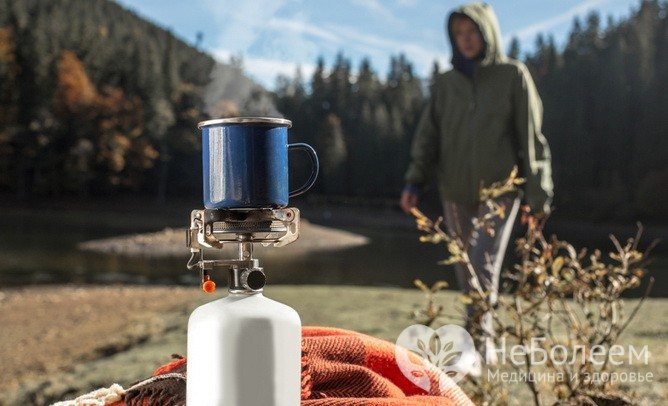
Source: depositphotos.com
Methods for extracting water in natural conditions
It may take several hours to find water. What to do if a spring or stream is never found, and the body is on the verge of dehydration? There is only one way out - to extract moisture from any possible sources. Water extraction in natural conditions can be carried out in several ways:
- In clear and warm weather, you can get moisture using a regular plastic bag and grass. To do this, you need to fill a bag with it and leave it in the sun for a while. The resulting condensation will flow down the walls of the bag until a sufficient amount of moisture accumulates to quench your thirst. You can tie tree leaves in the same way. If there is no package, tie a small plastic bottle to a tree branch, the neck of which is tightly wrapped. In good warm weather, a sufficient amount of moisture will collect there.
- If there is no bag, but there is a piece of polyethylene, you can lay out something like a pyramid from round stones by digging a small depression in the ground, at the bottom of which you can put cellophane. Overnight, liquid will accumulate there. In general, the absence of impermeable material can be replaced by tree bark or large leaves.
- An easier way is to collect rainwater from plants, or dew. There won’t be much water, but it will help prevent the body from dying. This can be done using an easily absorbent cloth, which is passed over the damp grass, then squeezed into the container.
- Extraction of water from underground. In lowlands and ravines, groundwater lies close to the surface. You should choose a lowland with plenty of vegetation. To get water, you need to dig a hole approximately 50 cm by 50 cm using any available tool. After a short amount of time and provided the correct location is chosen, the pit will be filled with groundwater.
In addition, the bottom of the dug hole can be covered with grass, and a container can be placed inside to collect liquid. Polyethylene is placed over the pit, the ends of which are secured along its edges with stones. A pebble is placed in the center of the bag. The principle of the device is that condensation formed from the greenery will collect inside the container under the weight of the stone.
- An elementary method is to collect rainwater using any impermeable material that is lowered into a container, forming a drain.
Regardless of the method used to obtain water, in most cases it requires minimal cleaning and disinfection.
Cleaning with iodine or potassium permanganate
A pharmaceutical solution of iodine is added to natural water to disinfect it in the amount of 3-5 drops per 1 liter. Leave the container with the well-mixed liquid for at least half an hour.
You can put several crystals of potassium permanganate (potassium permanganate) into the water; the liquid should acquire a pale pink color. The use of this method requires caution: ingestion of a concentrated solution of potassium permanganate is fraught with the development of dysbiosis or chemical burns of the mucous membranes.
Earth's water reserves
The human body is almost 65% water.
Our planet is 80% water. The human body contains approximately the same amount of this fluid. The term “water resources” refers to the entire set of small rivers, lakes, canals, seas and oceans. The total reserves also include groundwater, soil moisture, glaciers and water vapor in the atmosphere.
Scientists say that water appeared on our planet approximately 3.6 billion years ago. Initially, it was not in a liquid state, but in a vapor state. Only in the process of evolution did it gradually begin to acquire the form that we know. The methods used to pump water from the depths of the earth are quite simple and easily accessible.
Purpose of water. It supports the life of all living organisms on Earth. With its help, the process of converting carbon dioxide into oxygen (the second essential component of all living things) is carried out. Water also takes part in the formation of climate.
Sand filtration
To make such a filter, you need to take an empty tin can and punch its bottom in 3-4 places. An alternative is a plastic container with a hole in the bottom. A layer of clean, thin cloth should be placed over the holes and covered with sand that has been previously washed and calcined over a fire. You should place the container on a support (tripod), under which the empty dishes are placed, and pour water in small portions into the upper container. The liquid will slowly flow through layers of sand and fabric, clearing itself of mechanical impurities.
Mechanical method of water purification
This method is necessary to purify water from various impurities, dirt, and insects.
You can purify the water with a homemade or purchased filter. Sometimes it is enough to run water through some cloth and it will be quite clean.
Mechanical cleaning is needed if you collect water from forest streams, rivers, lakes, puddles, or near a swamp.
To mechanically purify water, you need to make a filter or use a purchased one.

Filtration of water in the base camp taken from an ordinary puddle
If the water is not heavily polluted, a simple filter can be made from a bandana, towel, or medical bandages.
If you wrap medical cotton wool in a bandage, you will get an excellent filter that will remove almost all contaminants and make the water clear.
If there is no fabric, bandages and cotton wool, then you can build a primitive multi-layer filter from scrap materials, for example this:
- 1st layer: moss, fabric, birch bark with holes made with a needle like a sieve - holds the filter element;
- 2nd layer: fine gravel, river sand, regular sand, or any small fraction, if not, moss is good - removes fine fractions;
- 3rd layer: large pebbles 2-3 cm in size, pieces of broken bark, grass - removes large fractions.
We recommend: How to choose a metal detector for a beginner
The larger and thicker the layers, the cleaner the result.
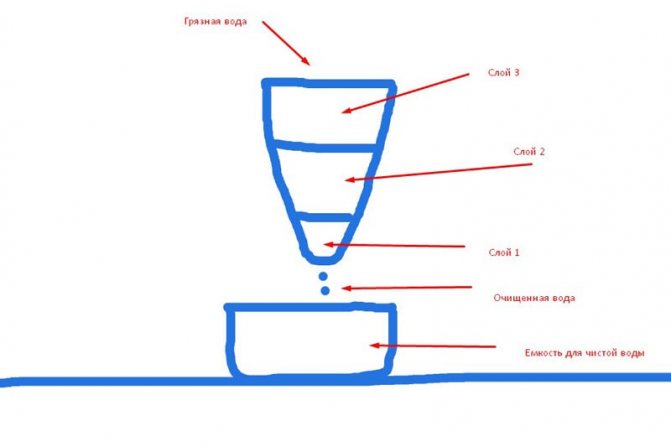
Homemade water filter
Having driven dirty water through these layers, it will become clean and transparent, but bacteria and viruses will remain in it, so it will need to be disinfected.
Adviсe:
Please note that when purifying water through a homemade filter made from scrap materials, the first few liters of water will be dirty until the filter is washed.
If possible, you can add crushed charcoal from the fire between the layers.
If you don’t want to tinker with filters made from scrap materials, you can purchase a special filter for water purification, but most of them also do not disinfect water, but only clean it of mechanical impurities.
An effective way to purify water without a filter is to dig a hole at the bottom of a ravine, or near a river bank or the edge of a swamp, where water will flow into the hole from the ground.
After passing through the ground, it will be cleared of many contaminants, and if it is allowed to stand for several hours, it can become transparent or a little cloudy. After boiling or disinfection, it will be suitable for drinking.
If you do not filter it through filters, it may have a specific taste, even after boiling.
Let's take a look at hiking water filters.
Salt
Table salt has a strong bactericidal effect. By adding it to water (1-2 teaspoons per 1 liter) and letting the solution sit for half an hour, you can obtain a liquid suitable for cooking. Drinking such water is not very pleasant, but you can reduce its salinity by adding a handful of hawthorn berries to the solution.
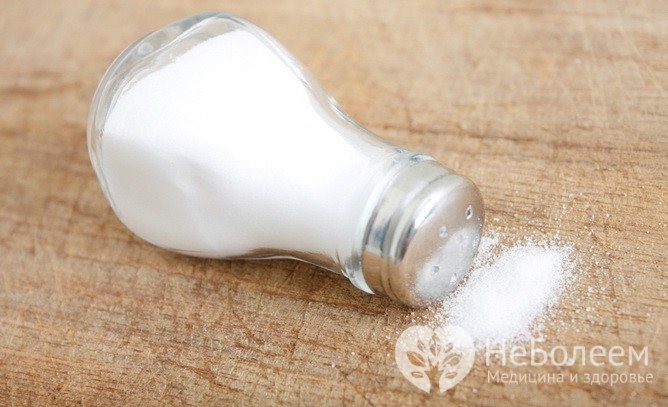
Source: depositphotos.com
WEATHER PROTECTION
Even if you find yourself alone, keep daily notes. It occupies the mind and helps to navigate events and surroundings. First, write down the names of those with you, the date, time and location of the disaster, weather conditions, salvaged equipment, and write down landmarks and events daily.
In cold climates
If the water is cold, it is important to get out of it as soon as possible. You will have to endure the cooling effect of the wind, especially when you are wet. Keep your boat or dinghy as dry as possible. Scoop out all the water and create a splash screen and/or splash shelter if you can find the material to do so. Dry all wet clothes, and if there is no dry change of clothes, then squeeze out as much water as possible and put the clothes back on. Contain body heat by wrapping yourself in any available material, such as a parachute or tarp. If there are several of you, then cuddle together to keep warm. To prevent stiff muscles and joints and maintain normal blood circulation, do light exercise such as stretching and spinning your arms. Be careful not to upset the balance of the raft or boat with exercise or sudden movements. Most modern inflatable rescue boats are equipped with a shelter. If your boat does not have this, make protective screens from wind and splashes. Stretch any available material vertically to protect against wave splash. With adequate shelter and warm clothing, exercise can help protect against frostbite.
In hot climates
Remove excess clothing, but keep your body covered. When exposed to direct sunlight, always keep your head and neck covered to prevent sunburn or sunstroke. Protect your eyes from bright sunlight with makeshift safety glasses. Wetting your clothes with sea water during the day will help to cool the body somewhat, but be sure to be dry before sunset - it can get very cold at night, and remember that night comes very quickly in the tropics. Do not forget also that prolonged contact with salt water can cause irritation and sores on the skin. Since air expands when heated, when it is very hot, bleed some air from the inflatable boat - you will have to open the valves. In the evening, when it gets cool, pump up the boat again.
DUTY AND OBSERVATION If you have a group, assign duties. Monitoring must be carried out constantly - even in the dark. Each shift should not last long to avoid overwork and loss of attention. It is better and more effective for everyone to be on duty several times during the day than once for a long period. The duty officer is charged with monitoring the appearance of a ship, plane, land - as well as algae, schools of fish, birds, and wreckage. They must also inspect the craft for punctures, breakages, etc.
Cleaning with plant materials
Some plants (or parts thereof) contain substances that inhibit the activity of pathogenic microflora:
- birch bark, oak, willow or willow bark. Mix 100-150 g of plant material with 10 liters of water and boil for 30-40 minutes or leave for 6 hours;
- young branches of pine, spruce or juniper. They can be prepared in a similar way;
- red rowan leaves. You need to add them to the water at the rate of 10-20 pieces for every 2-3 liters and leave for 2 hours.
How to purify and disinfect water?
The easiest way: if you have matches and a pot, you can make a fire and boil water.
If it is not possible to light a fire, you can use ordinary potassium permanganate, which is in the first aid kit of any experienced tourist, to purify the water.

It perfectly purifies water and iodine (which is probably all in the same first aid kit), even the most cloudy and dirty. Just three drops of iodine or a crystal of potassium permanganate on a pot of muddy water - and we will get water suitable even for drinking. By the way, I have already written an article - filtration, disinfection and storage of water, so you should definitely read it if you want to learn more ways to disinfect water.
And the most important thing you should never forget about when you find yourself in an emergency situation is that there is always a way out!
